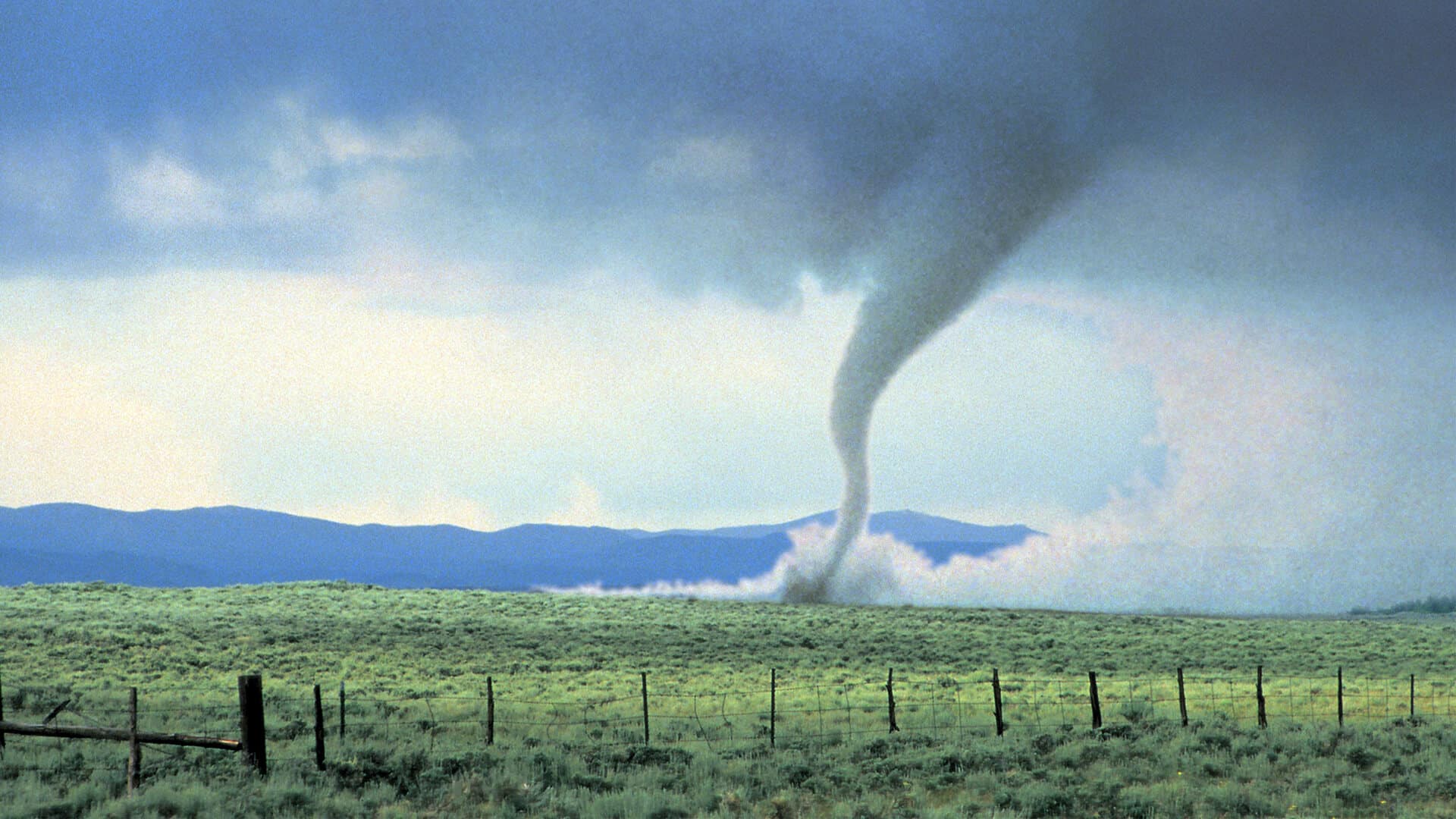Scientists are looking to plants for clues that may help them better understand the behavior of wildfires. A research team at NASA’s Jet Propulsion Laboratory (JPL) recently released a new study published in the journal Global Ecology and Biogeography that explains how plant sweat can indicate key data about local ecosystems, according to the San Francisco Chronicle.
Plants generally absorb water through their roots and expel moisture through minuscule pores on their leaves in a process known as evapotranspiration. However, if they are under duress due to warmer or drier conditions than normal, plants will instead close their pores to conserve water, which can, in turn, elevate their temperature.
“It’s a similar mechanism to humans sweating to cool down,” Madeleine Pascolini-Campbell, a NASA scientist and lead author of the study, said. “If plants aren’t able to release water, that ends up with them heating up.”
The JPL team collected data via a device installed on the International Space Station that Pascolini-Campbell describes as “a giant thermometer” – officially the ECOsystem and Spaceborne Thermal Radiometer Experiment on Space Station (ECOSTRESS). The instrument allows researchers to measure the temperature of plants when they run out of water and begin to heat up. This information can help predict how badly the land in any given area could burn if a fire were to break out.
The study focused on three regions of Southern California and three in the Sierra Nevada mountains between 2019 and 2020. All of the areas were later blackened by wildfires.











